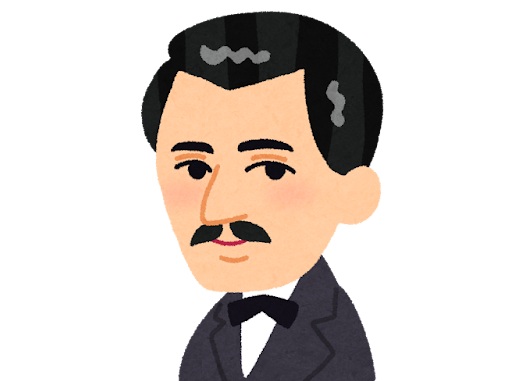
Johann Strauss II – The Blue Danube
“The Blue Danube,” composed by Johann Strauss II in 1867, is one of the most iconic waltzes in classical music and a cultural symbol of Vienna. Today it stands as one of the most widely recognized pieces of classical repertoire, performed frequently at concerts and major events around the world.
Overview of the Piece
The original title is An der schönen blauen Donau (“On the Beautiful Blue Danube”). It was first introduced as a choral piece, but later Strauss arranged it for orchestra, and that version became the true sensation. The flowing melodies and elegant waltz rhythm perfectly capture the grandeur of Viennese dance culture and its festive spirit.
Background of the Composition
At the time of its creation, Austria was suffering national disappointment after its defeat in the Austro-Prussian War. Strauss sought to lift the spirits of his people by writing a work full of brightness and vitality. While the premiere did not achieve overwhelming success, its performance at the Paris World Exposition soon after brought international acclaim, turning it into one of Strauss’s greatest triumphs.
Modern Reception
Today, “The Blue Danube” is most famously associated with the Vienna Philharmonic’s New Year’s Concert, where it is performed as a traditional encore every January 1st. It also gained a new wave of recognition through its prominent use in Stanley Kubrick’s film 2001: A Space Odyssey, which introduced the piece to an even broader global audience beyond classical enthusiasts.
More than just a waltz, “The Blue Danube” has become a timeless symbol of Viennese culture, embodying joy, elegance, and renewal. Even those who rarely listen to classical music have likely heard its unforgettable melody, making it an enduring masterpiece that continues to inspire across generations.
More than 100 million songs in CD quality. 7 million in better-than-CD sound.
🎧 Start your free trial with Amazon Music Unlimited now!

